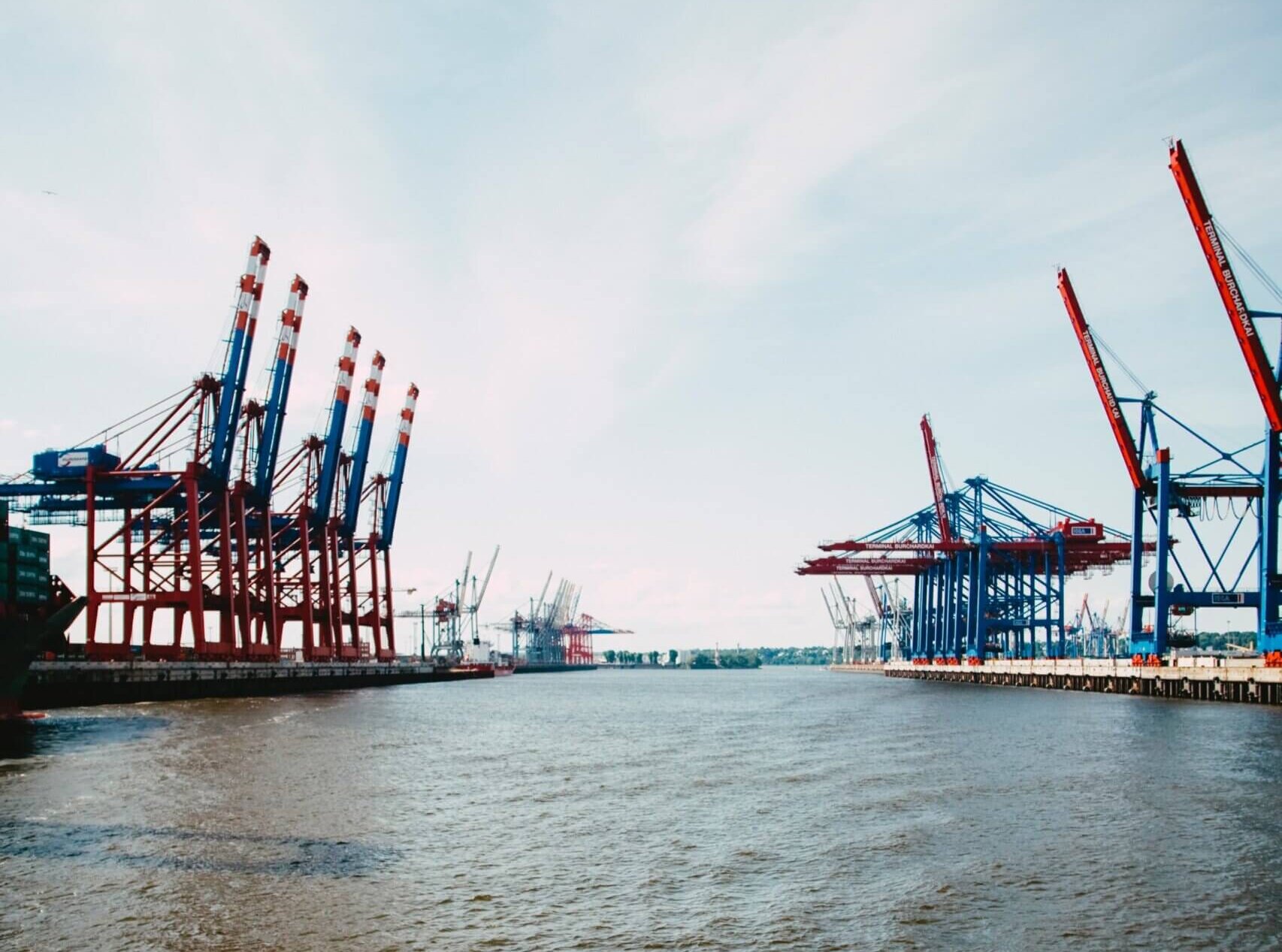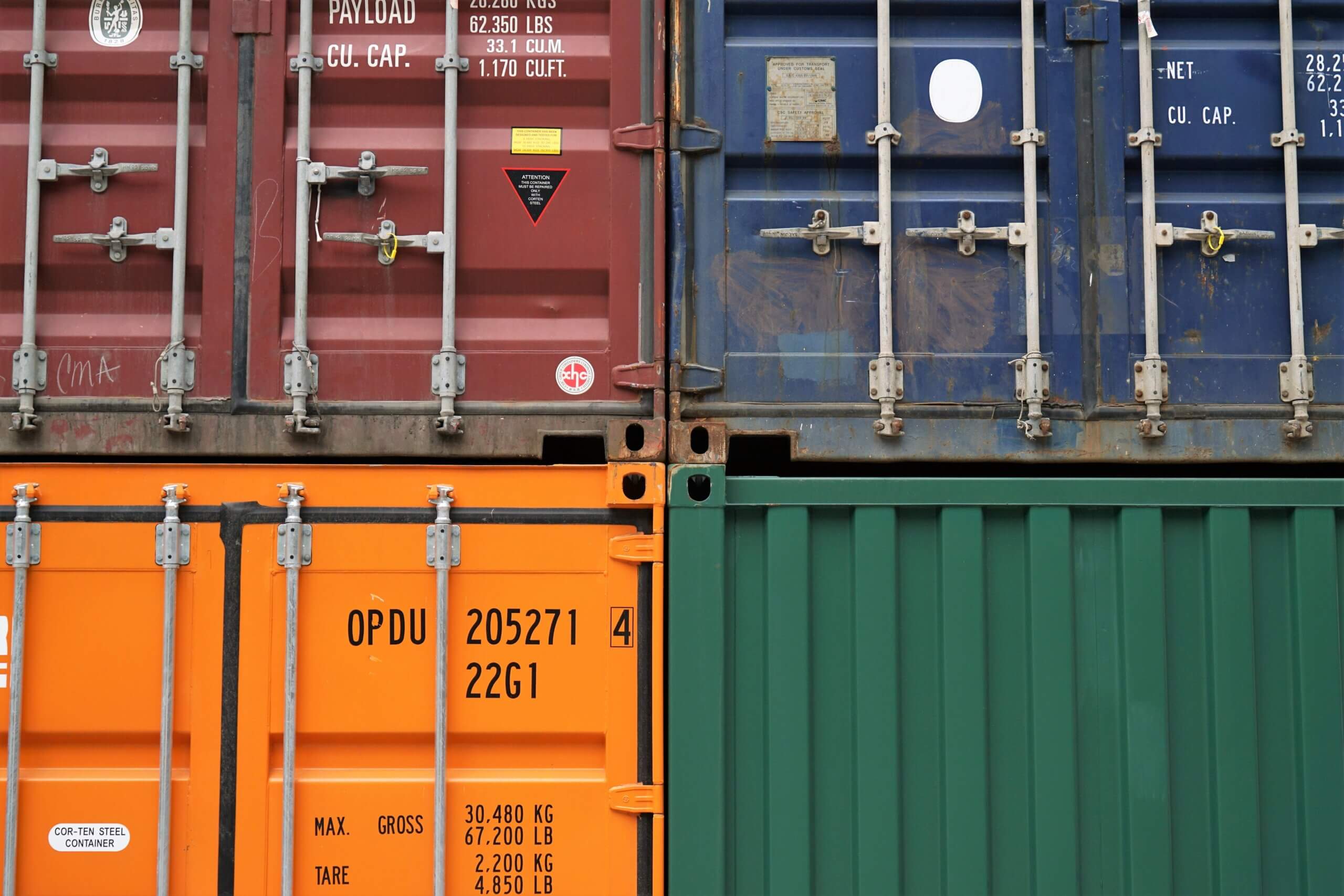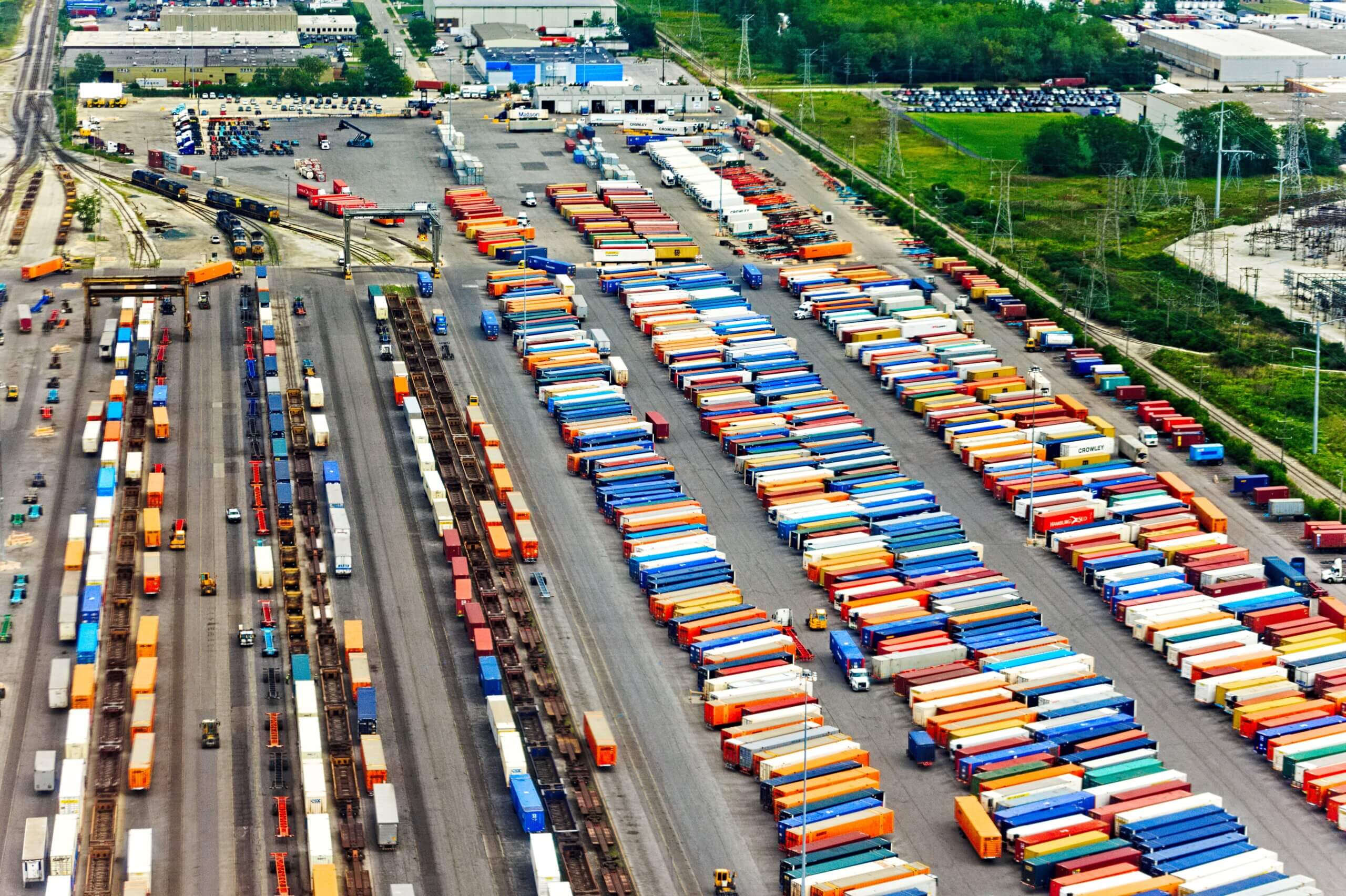Understanding Harmonized Transport Modes
The amalgamation of various transport modes for containerized cargo movement is crucial for a smooth and efficient cargo flow to the final delivery point. By leveraging the strengths of each transport mode, businesses can ensure timely and optimal condition delivery of their cargo. This article will highlight the significance of merging different transport modes for containerized cargo movement and provide real-world instances and potential enhancements.
Due to its cost-effectiveness and efficiency in moving goods across oceans, sea freight is the most prevalent transport mode for containerized cargo. However, other transport modes like inland transport, drayage, and transload also play a vital role in a successful cargo movement strategy.
Drayage
Drayage is a term used in the logistics and freight industry to describe transporting goods over short distances. In the context of containerized cargo, drayage refers to transporting goods in shipping containers from a port to a nearby destination, such as a warehouse, rail terminal, or other shipping hub.
This process typically involves the use of trucks. It is a critical part of intermodal shipping, which uses multiple modes of transportation (ship, rail, and truck) to move goods from their origin to their destination.
Rail
Rail transport, in the context of containerized cargo, refers to using trains to transport goods packed in large standard-sized containers over long distances. This mode of transport is a critical part of intermodal shipping.
Containers are loaded onto specially designed flatbed rail cars, often in stacks of two. This method of transport is particularly efficient for moving large volumes of goods across continents, as trains can carry a significant amount of cargo at once and are not subject to traffic congestion like trucks.
Rail transport offers several advantages for containerized cargo. It’s often more cost-effective for long-distance transport than road transport, as trains consume less fuel per ton of cargo moved. It’s also more environmentally friendly, as trains emit fewer greenhouse gases per ton of cargo than trucks.
However, rail transport also has its limitations. It’s not as flexible as road transport, relying on fixed rail routes and schedules, and unless the receiving facility has rail, transloading to trucks is still required for the final delivery.
Transload
Transloading in the context of containerized cargo refers to transferring goods from one mode of transportation to another during their journey from the point of origin to the final destination. This is a key component of intermodal transportation, which involves using multiple modes of transport (such as ship, rail, and truck) to move goods.
For example, goods might be transported by ship across the ocean, then transferred (or transloaded) onto a train or truck for the overland portion of their journey. Alternatively, goods might be moved by rail to a certain point, then transloaded onto trucks for the final leg of their journey, especially if the final destination is not directly accessible by rail.
Transloading can also involve the transfer of goods from one type of container to another. For instance, goods might be shipped in ocean-going containers, then transferred to trailers for overland transport.
Transloading offers several advantages. It allows for greater flexibility in choosing the most efficient or cost-effective mode of transport for each stage of the journey.
Limitations of Containerized Cargo
In the United States, there are several reasons why containerized cargo can’t always be shipped to its final destination in the original container, necessitating a transload. Two key factors are weight restrictions and detention charges.
Weight Restrictions: The U.S. has specific weight restrictions for trucks on highways, which vary by state and by the type of road. These restrictions are in place to protect road infrastructure from damage caused by excessively heavy loads. If a fully loaded ocean container exceeds these weight limits, it cannot be transported by truck in its entirety. In such cases, the cargo may need to be transloaded into two or more smaller loads on trucks to comply with weight restrictions.
Detention Charges: Detention refers to the fees imposed by the shipping line when the cargo owner retains the shipping container outside of the port beyond the agreed-upon free time. This situation can arise particularly when the cargo owner arranges their own inland freight. For long inland hauls, the time required to unload and return the container to the port or designated return point can exceed the free time, leading to detention charges. To avoid these fees, cargo owners often opt to transload the goods to a nearby warehouse or distribution center, and continue the onward journey of the goods in trucks and trailers.
Additionally, there might be other logistical reasons for transloading. For example, the receiving warehouse might not be equipped to receive and unload ocean containers, or it might be more efficient to consolidate or deconsolidate cargo at a certain point in the supply chain. Transloading provides the flexibility to adapt to these and other challenges in the logistics process.
The Challenges of a Unified Approach
While integrating various transport modes for containerized cargo movement can increase efficiency and cost savings, it also presents several challenges.
- Coordination and Communication: Managing multiple modes of transport requires careful coordination and clear communication between all parties involved, including shipping lines, rail operators, trucking companies, and freight forwarders. Any miscommunication or delay in the supply chain can lead to significant disruptions and increased costs.
- Infrastructure Limitations: Not all locations are equipped to handle all types of transport modes. For example, some regions may lack the necessary rail infrastructure or may not have a port nearby. This can limit the options for intermodal transport and may require additional transloading or over-the-road transport.
- Regulatory Compliance: Different modes of transport are subject to different regulations, which can vary by country or even by state or region within a country. Navigating these regulations and ensuring compliance can be complex and time-consuming.
- Timing and Scheduling: Each mode of transport operates on its own schedule, and aligning these schedules can be challenging. For example, a delay in the arrival of a ship can lead to missed rail connections, resulting in delays in the overall delivery timeline.
- Handling and Transloading: Every time cargo is moved from one mode of transport to another, there’s a risk of damage or loss. Proper handling and secure transloading procedures are essential to minimize these risks.
- Cost Considerations: While combining different modes of transport can be cost-effective, it can also lead to additional costs, such as detention charges for holding a container beyond the agreed time, or additional handling costs for transloading. These costs need to be carefully managed to ensure the overall cost-effectiveness of the intermodal strategy.
The Advantages of a Unified Approach
Integrating various transport modes for containerized cargo movement offers several significant advantages, making it a preferred strategy for many businesses.
- Flexibility: Combining different modes of transport allows businesses to tailor their supply chain to their specific needs. Depending on factors such as cost, speed, and environmental impact, businesses can choose the most suitable mode of transport for each stage of the journey.
- Cost-Effectiveness: Intermodal transport can often be more cost-effective than relying on a single mode of transport. For example, while air freight might be faster, it’s also more expensive. Businesses can balance speed and cost by combining air freight with other modes of transport for less time-sensitive parts of the journey.
- Environmental Impact: Different modes of transport have different environmental impacts. By combining modes, businesses can reduce their overall environmental footprint. For example, rail and sea freight are generally more fuel-efficient and emit fewer greenhouse gases than road or air freight.
- Reliability: By not relying on a single mode of transport, businesses can improve the reliability of their supply chain. If one mode of transport is disrupted, for example, due to weather conditions or strikes, businesses can switch to another mode to ensure their cargo still reaches its destination.
- Scalability: Intermodal transport allows businesses to scale their operations more easily. They can add or switch modes of transport as their business grows or as their needs change, without significant disruptions to their supply chain.
- Reduced Congestion: By using rail or sea freight for long-haul transport, businesses can reduce road congestion, leading to faster delivery times and lower emissions.
- Improved Customer Service: With the flexibility to choose the most appropriate mode of transport for each shipment, businesses can provide better service to their customers, meeting their specific needs in terms of cost, speed, and reliability.
The TradeLink Approach
At TradeLink, we understand that every client has unique needs and expectations. That’s why we leverage the power of multiple modes of transport – including seafreight, inland transport, drayage, and transloading – to provide customized, efficient, and cost-effective solutions for your containerized cargo movement needs.
Our logistics experts meticulously plan and coordinate each step of the journey, ensuring seamless transitions between different modes of transport. We navigate the complexities of regulatory compliance, scheduling, and transloading with precision, minimizing risks and maximizing efficiency.
We’re not just about meeting deadlines – we’re about exceeding expectations. Whether it’s accommodating special requirements, optimizing for cost-effectiveness, or prioritizing environmental sustainability, we tailor our approach to align with your specific objectives.
At TradeLink, we’re more than a logistics provider – we’re your strategic partner in supply chain management. We’re committed to harnessing the power of integrated, multi-modal transport to help your business stay ahead of the competition. Trust us to deliver your cargo on time, in perfect condition, every time.








